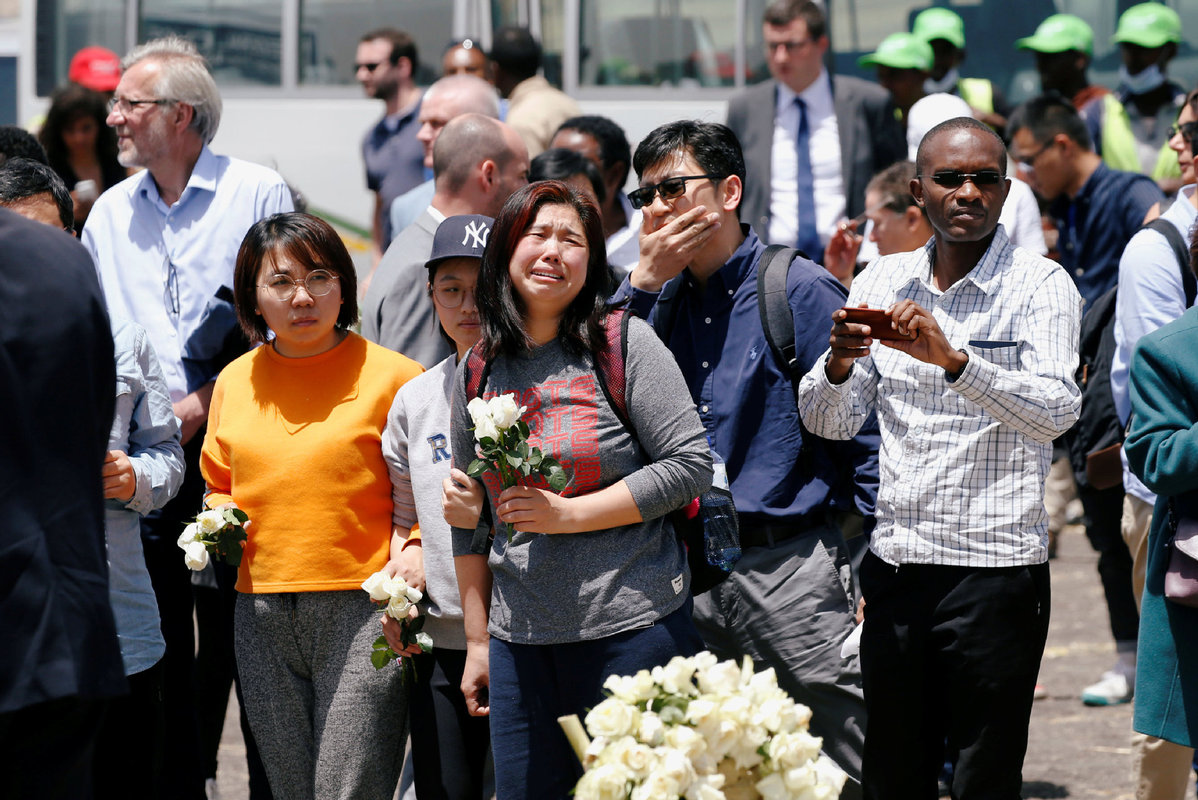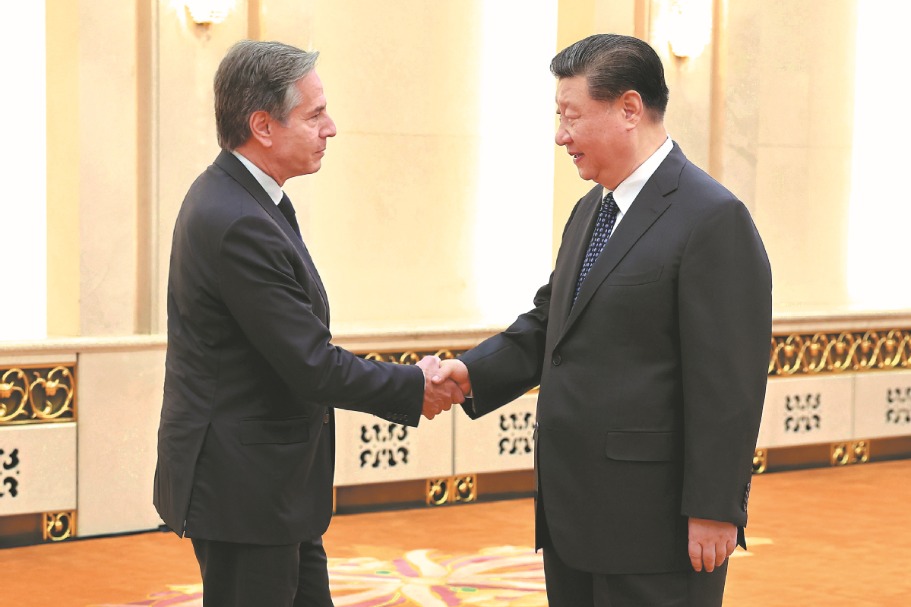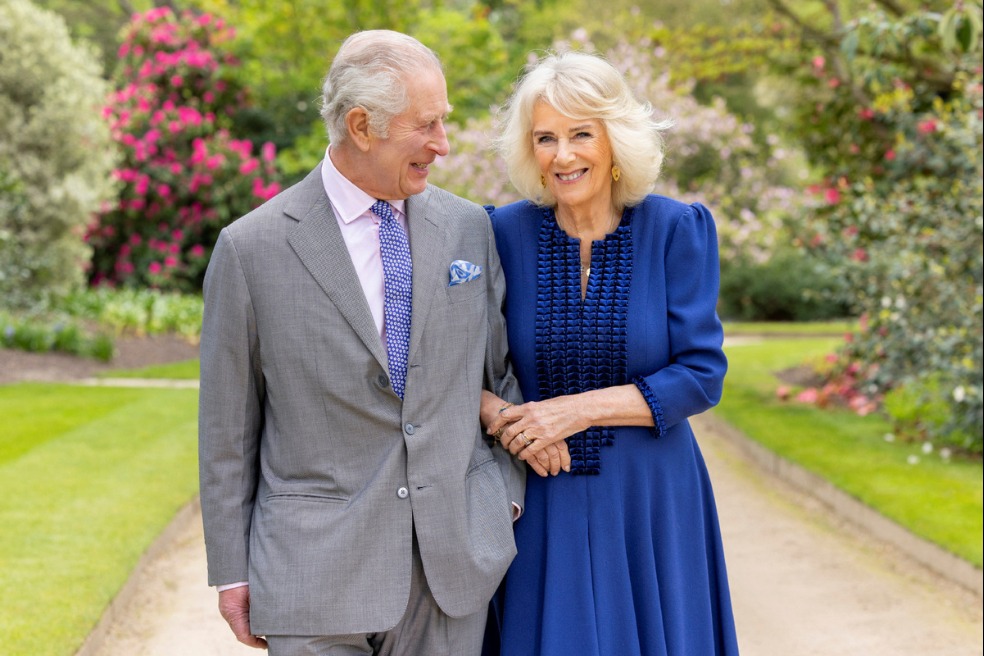Questions remain after Boeing crashes
By SCOTT REEVES/ZHU WENQIAN | China Daily | Updated: 2019-03-22 07:38

Bad data suggestion
Pilots said they first learned of potential difficulties with the new system after the Lion Air crash. The FAA then ordered manuals for the 737 MAX to be updated and Boeing issued instructions telling pilots how to override the system. But pilots, who said Boeing was slow to issue the instructions, independently compiled a 13-page guide for the aircraft.
However, there also may be a problem with the software that drives the anti-stall device. Boeing is developing an upgrade. The new software for the aircraft will enable the stall-prevention system to use multiple data feeds rather than relying on the single feed used when the plane was delivered in 2017.
The software and hardware updates follow preliminary results from the Lion Air crash that suggested bad data from a single sensor may have caused the anti-stall system to malfunction.
Boeing said it worked on the new software before the Ethiopian Airlines crash. The company said the software update, expected to be installed by the end of this month, will make an "already safe plane safer."
In the US, the FAA certified the 737 MAX safe, and this raised questions about the relationship between federal regulators and Boeing.
James Hall, former chairman of the National Transportation Safety Board, said the US aircraft industry is moving toward using its own employees to certify aircraft safety, a departure from previous practices at the FAA. The safety board investigates the cause of air, rail and marine accidents, while the FAA operates the US air traffic control system and certifies planes safe to fly.
Hall expressed his views in an article in The New York Times one day after the FAA grounded Boeing's MAX 8 and MAX 9 aircraft.
"Rather than naming and super-vising its own 'designated air-worthiness representative,' the (FAA) decided to allow Boeing and other manufacturers who qualified under revised procedures to select their own employees to certify the safety of their aircraft," he wrote.
Hall said pilots were not trained on flight simulators in the use of the anti-stall device. "The simulator is the fundamental tool for training pilots," Hall, now an aviation consultant in Washington, told China Daily.
Dennis Tajer, spokesman for the pilots union at American Airlines, told the news website Quartz that training for the use of the 737 MAX's anti-stall system was limited to "an iPad lesson for an hour."
Some analysts say that much of the technology in contemporary aircraft has outstripped the ability of federal regulators to keep up with advances.
They note that the FAA's practice of relying on industry insiders is no different from the US Food and Drug Administration's reliance on experts from the companies it regulates, state bar associations overseeing the conduct of attorneys and taking disciplinary action when needed, or local police investigating a shooting involving an officer.
Chesley "Sully" Sullenberger, the captain of an Airbus A320 on US Airways Flight 1549, landed the aircraft in the Hudson River just west of Manhattan in 2009 after the engines failed, saving the lives of all on board. He wrote in an article published by Dow Jones Market-Watch: "For too many years, the FAA has not been provided budgets sufficient to ensure appropriate oversight of a rapidly growing global aviation industry.
"Staffing has not been adequate for FAA employees to oversee much of the critically important work of validating and approving aircraft certification."
Critics said the FAA's chronic understaffing and its "cozy relationship" with manufacturers resulted in the grounding of Boeing's widebody 787 Dreamliner.
In January 2013, a lithium-ion battery sparked a fire on a Japanese Airlines Dreamliner parked at Logan International Airport in Boston. There were no injuries.
The NTSB blamed the fire, in part, on "insufficient guidance for FAA engineers to use during the certification process to ensure compliance with applicable requirements". The problem was solved by placing such batteries in a vented stainless steel box, but had the fire occurred when the plane was in the air, it could have crashed.
























